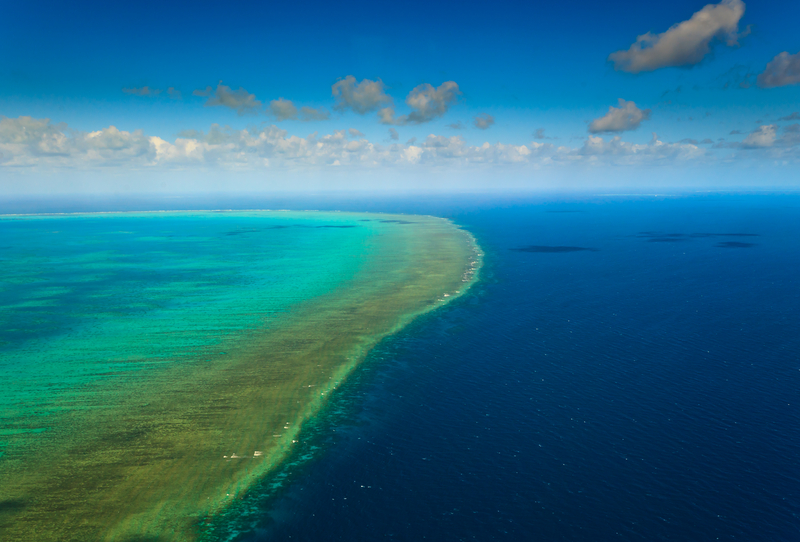The Great Barrier Reef is a global marvel. This shallow ocean ecosystem of bright coral and endless marine wildlife off the eastern coast of Australia is so massive that it can be seen from space. At times, pollution, oil spills, and predatory threats (like the crown-of-thorns starfish that eats coral), have threatened the Great Barrier Reef. But the reef has always bounced back. After all, we're talking about the biggest structure of living organisms on the planet!
Sadly, however, scientists are concerned that the reef is now facing foes much too powerful to fight off. Climate change is rising the temperature of the oceans. In addition, this year has an especially powerful El Niño (a regular phenomenon happening every two to seven years where temperatures rise across the Pacific Ocean). Finally, as carbon dioxide levels increase in the atmosphere, more of the gas can get absorbed into the oceans. What does all this mean if you're a coral?
Bleaching
For starters, if coral is in water that is too warm for too long, it gets something called heat stress. Tiny algae called zooanthellae that are normally stored inside the coral's tissues get released into the water. This algae gives coral its source of food and its various colours. What is left behind is coral that is "bleached" or turned white. If the warm conditions continue for too long, the newly white coral eventually starves and the reef "dies". Experts have found that about 50% of the coral that is getting bleached is dying permanently.
In addition, there is the issue of more carbon dioxide (CO2) getting into the ocean water. What will this do? Extra CO2 changes the pH balance in the water, making it more acidic. Even a slight rise in the acidity in the ocean would make it more difficult for coral to build their hard structures.
Australia goes on high alert
In response to El Niño and coral bleaching, Australia is spending more than ever on surveying and studying the reef in hopes of solving the problem. Or at least easing the reef's struggles. One big problem? The big reef. At around 350,000 square kilometres (or 135,000 square miles) the reef's massive size is something that is very difficult to survey. But with so much at risk, the country is taking it very seriously.
 A section of the Great Barrier Reef as seen from the sky. (@Dreamstime)
A section of the Great Barrier Reef as seen from the sky. (@Dreamstime)










😀
😐 oooo
😡 😡 😡 😐 😕 😯 😥 😥 😥 😥 😥 😥 😥 😥 😥 😥 😥 😥 😥 😥 😥 😥 😥 😥 😥 😥 😥 😥 😥 😥 😥 😥
ohhhhhhhhhhhhhhhh thats gotta hurt 😳 😳 😳 😳 😳
I hope the reef will be okay…
no colors no life… 😥
Oh no
????????????????????????
????????????????????????
🙂 😉 😀 🙁 😛 😮 😡 😐 😕 😎 😯 😥 😆 🙄 ❗ ❓ 😳